#dnadamage
Text
RT - Scientists discover Chernobyl ‘super worms’:
OscheiusTipulae #Nematode #Extremophile #ChernobylExclusionZone #Chernobyl #Radiation #DNADamage #Genetics #Biology
#oscheiustipulae#nematode#extremophile#chernobylexclusionzone#chernobyl#radiation#dnadamage#genetics#biology
0 notes
Photo

Answer: The candy cane. (From "Christmas & Holiday Trivia: Volume 1 & Volume 2") A choirmaster at Cologne Cathedral, in Germany, is believed to have created sugar sticks to quiet noisy children during services. Around the 1900’s, the large red stripe, was added to symbolize Christ's blood shed on the cross. With the shape of a shepherd's hook, candy canes became a popular Christmas tree decoration. Did the originals have natural peppermint oil & unsultried ingredients, without artificial sweeteners, dyes, synthetic fillers or chemicals? If so, what a treat, with natural peppermint calming stomach muscles, &the body enjoying improved bile flow &fat digestion! Today, tiny candy canes have 3.4 grams of sugar & with refined carbs, &sugars, including fructose, they take forever to consume, & are bad for teeth, coating them with sticky sugar &dye for long periods. Even though candy canes come in many flavors, including ketchup, sardine, macaroni & cheese & shiitake mushroom, they are still processed and mostly unnatural. An organic box of candy canes lists organic cane sugar, organic brown rice syrup, natural peppermint flavor, & organic fruit &vegetable concentrate from radish, apples, & blackcurrants for coloring. A regular box has sugar, corn syrup, 'natural flavor' & color added (including Red 40). A synthetic food dye made from petroleum, this artificial food coloring, although FDA approved, has been found to cause increased hyperactivity in children & according to research, may cause other neurobehavioral effects. Also, candy canes have been found to contain titanium dioxide, a white colorant giving them a smooth texture, vibrancy & appeal. This food chemical has been linked to DNA damage & was deemed unsafe for human consumption by European food safety regulators. An Australian organization, "The Root Cause," standing for children's health, discovered candy canes color came from either berries or insect bugs! Skins of fruits & berries are extracted for color, or cochineal is made by extracting color from insect eggs or the bug itself! So if health conscious, this holiday sweet may be best consumed as a colorful decoration, rather than dessert! 💚 Julie https://www.instagram.com/p/CmmFTmYuY6i/?igshid=NGJjMDIxMWI=
#holidaytrivia#christmas#christmassweets#candycanes#dues#sugarsticks#christmastreedecorations#peppermint#sugar#candycaneflavors#candycane#red40#syntheticfooddye#titaniumdioxide#dnadamage#cochineal
1 note
·
View note
Photo
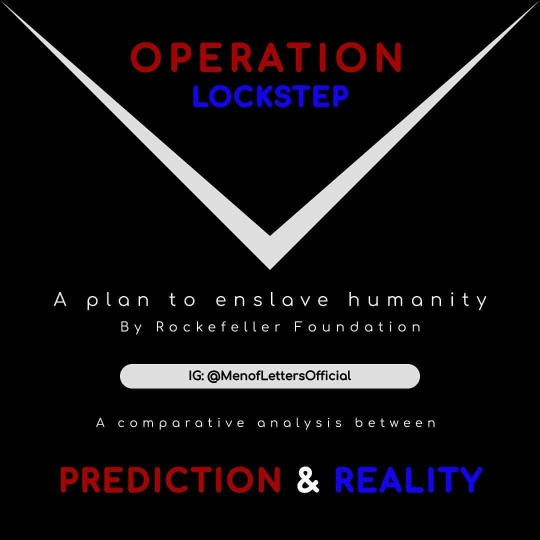
“We are grateful to the Washington Post, the New York Times, Time Magazine and other great publications whose directors have attended our meetings and respected their promises of discretion for almost 40 years......It would have been impossible for us to develop our plan for the world if we had been subjected to the lights of publicity during those years. But, the world is more sophisticated and prepared to march towards a world government. The supernational sovereignty of an intellectual elite and world bankers is surely preferable to the national autodetermination practiced in past centuries.” ― David Rockefeller “Some even believe we are part of a secret cabal working against the best interests of the United States, characterizing my family and me as ‘internationalists’ and of conspiring with others around the world to build a more integrated global political and economic structure – one world, if you will. If that’s the charge, I stand guilty, and I am proud of it.” (US billionaire David Rockefeller, in his Memoirs.) “Somebody has to take governments’ place, and business seems to me to be a logical entity to do it.” (US billionaire David Rockefeller, Newsweek International, Feb 1 1999.) “We are on the verge of a global transformation. All we need is the right major crisis and the nations will accept the New World Order.” (US billionaire David Rockefeller, to UN Business Conference, 1991.) #coronawatch2020 #coronaplandemic #event201 #agenda2030 #predictiveprogramming#id2020agenda #newworldorder2020 #cabal #plandemic #scamdemic #agenda2030 #operationlockstep #scenariosforfuturetechnologiesandinternationaldevelopment #covıd1984 #killgates #exposebillgatesdayofaction #coronavirusisfake #fakevirus2020 #coronaworldorder #dnadamage#liftingtheveil (at Beginning of the End) https://www.instagram.com/p/CFhLVj7n7RW/?igshid=1qnk21df3vnix
#coronawatch2020#coronaplandemic#event201#agenda2030#predictiveprogramming#id2020agenda#newworldorder2020#cabal#plandemic#scamdemic#operationlockstep#scenariosforfuturetechnologiesandinternationaldevelopment#covıd1984#killgates#exposebillgatesdayofaction#coronavirusisfake#fakevirus2020#coronaworldorder#dnadamage#liftingtheveil
3 notes
·
View notes
Text
Triple negative "opportunity": is soy effectively useful against this breast cancer?

Breast cancer is the most common cancer and the leading cause of cancer death in women worldwide. It is not considered a single disease but a heterogeneous group of several diseases of distinct molecular subtypes. Breast cancer can be classified into four subtypes, luminal A, luminal B, basal and HER2-positive. Although the overall mortality rate for breast cancer patients has decreased in developed countries, patients diagnosed with the baseline subtype have a poorer short-term prognosis than those diagnosed with other breast cancer subtypes. About one sixth of breast cancer cases are classified as triple negative breast cancer (TNBC), named after the absence of estrogen receptor (ER), progesterone receptor (PRa) and human epidermal growth factore receptor (EGRF or HER2) expression.
Most cases of basal-type breast cancer are also referred to as TNBC because it is characterized by the lack of expression of these three biomarkers. Soy products have long been suggested to be useful in the prevention of cancer development. Epidemiological studies have shown the preventive effect of soy intake for breast cancer. In particular, Asian women who consume a diet rich in soy products have a lower incidence of breast cancer and a lower risk of breast cancer recurrence than women in western counties. Genistein, a phytoestrogen, is the main isoflavonoid contained in soybeans and is considered the active micronutrient responsible for its chemopreventive effect. Things are a little different in the case of the intake of soy or soy-based foods in the context of patients who have breast cancer.
Genistein is an isoflavone that was originally found to be an estrogen receptor agonist (ER-alpha), although later and more recent studies have shown that it urges preference for the beta isoform (ER-beta), which is not directly implicated in the proliferation of normal or malignant breast cells. Indeed, the results of in vitro mechanistic studies show that the antitumor activity of genistein in breast cancer cells is largely attributable to the preferential induction of ERβ, which suppresses ERα signaling. Given the possibility, however, that genistein behaves as an aromatic compound capable of activating the ER-alpha receptor, oncologists and endocrinologists advise against taking soy and its derivatives in case of classic breast cancer that expresses receptors for estradiol and / or progesterone.
This may be different in the case of triple-negative tumors. This isoflavone has a broad spectrum of anticancer properties in triple negative breast cancer cells. Genistein can inhibit cell growth, induce G2/M phase arrest and/or apoptosis, and decrease cell invasiveness in TNBC cells. This happens as genistein can enhance the expression of stop proteins (p53, p21WAF) while repressing cell death protectors such as Bcl-2 and the transcription factor NF-kB. Overall, it is known that genistein can inhibit some tyrosine kinases such as c-Src and the EGF receptor and can interfere with nuclear enzymes, such as topoisomerase I (Top-1) and DNA-methyltransferase (DNMT-1). There is some evidence that it might interfere as well with MEK-1, a protein kinase component of the MAP kinase signaling pathway.
More recent analyzes based on phospho-proteomics and bioinformatics have shown that genistein can modulate phosphorylation on proteins involved in cell cycle regulation and DNA damage response. They include critical components of the DNA replication fork, the cohesion complex, kinetochores and the BRCA1 complex. A particular regulation in triple-negative tumor cells was recorded in proteins such as histone H2.1, cyclin B1, thymidine kinase and few others. The vast majority of cellular proteins, therefore, do not appear to be conditioned in their expression in the context of triple-negative malignant cells. What seems to change, however, is their secondary modification state or phosphorylative state: nearly a hundred proteins undergo this variation when cultured MDA-MB-231 (triple-negative) cells are treated with genistein.
Of these, more than 20 are involved in the cellular response to radiation-induced genomic damage (such as ATR, BACH-1, ATRIP, TOPBP1, RAP80 and also the famous tumor suppressor BRCA-1). These responses are not late (24h or more), but occur after just 3 hours, indicating that genistein affects transduction pathways made of protein kinase. Other cellular responses, on the other hand, could depend on the involvement of longer genetic responses. The tumor suppressor BRCA-1 seems to be present in triple-negative malignant cells, but the genetic and epigenetic variations seem to keep it in a silent state that prevents it from acting on cellular malignancy. Genistein seems to restore its expression through the activation of a pathway sensitive to aromatic compounds, that of the hydrocarbon receptor or AhR, a transcription factor that can be activated or inhibited depending on what type of aromatic compound it manages to bind.
It is generally recognized that plant polyphenols and flavonoids block it, which leads to a tumor growth suppression effect and therefore to a chemopreventive effect. The genetic activity of BRCA-1 is also essential for the ER-alpha receptor to be expressed, which gives cancer cells sensitivity to estrogen or, even better, to anti-estrogens used in breast cancer chemotherapy. In fact, a very recent study has shown that TNBC cells treated with genistein show alterations of the epigenome (methylation state) in the BRCA-1 gene. In this case, from hyper-methylated the gene becomes hypomethylated and resumes its expression.It is curious that when the AhR receptor is bound to aromatic compounds, it also drags with it the DNMT1 enzyme for DNA methylation on the promoter of the BRCA-1 gene, which coincidentally is also inhibited by genistein itself.
This process allows the function of BRCA-1 and the subsequent expression of the ER-alpha receptor. In this way, the triple-negative cells become sensitive again to tamoxifen, one of the historical antiestrogens used against breast cancer. The study showed that the effect of genistein appears not only in cultured cell models, but also in laboratory mice to which genistein has been added to the diet. Scientists deem that in the case of triple-negative breast cancers, genistein supplementation or introduction of soy in the diet, might help manage cancer status, enhancing the possibility to restore its sensibility to drugs of the antiestrogens group.
Edited by Dr. Gianfrancesco Cormaci, PhD, specialist in Clinical Biochemistry.
Scientific references
Donovan MG, Selmin O et al. Nutrients 2019; 11:2559.
Jiang H et al. Onco Targets Ther. 2018; 11:8153.
Fang Y, Zhang Q et al. Int J Oncol. 2016: 48:1016.
Xie et al. Genes Chromos Cancer 2014; 53:422-31.
Liu X, Sun C et al. Molecules 2013; 18:13200-13217.
Yang Z et al. Antican Ag Med Chem 2012; 12:1264.
Pan H, Zhou W et al. Int J Mol Med 2012; 30:337-343.
Li Z, Li J et al. Toxicol In Vitro 2008; 22:1749-1753.
Vauzour D et al. Arch Biochem Biophys 2007; 468:159.
Cappelletti V et al. J Cell Biochem 2000; 79: 594-600.
Read the full article
#anticancer#antiestrogens#breastcancer#cellproliferation#DNAdamage#DNAmethylation#epigenetics#genistein#metastasis#nuclearreceptor#oncogene#phytoestrogens#soyfoods#tamoxifen#transcriptionfactor#triple-negative#tumorsuppressor
0 notes
Photo
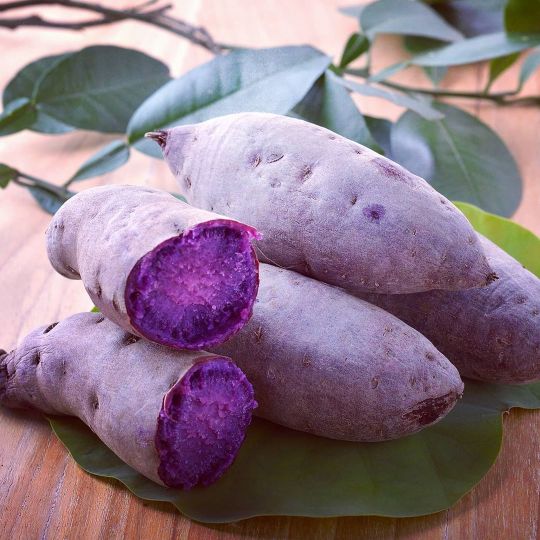
Purple yam Strange but equally beautiful the purple yam is a starchy root vegetable with high forms of antioxidants. In fact they are good a source of 👉🏻 vitamin A, C, B⁶, fiber, potassium and manganese. They have a low glycemic index which makes them perfect for diabetes as they maintain blood sugar levels👌🏼 Yams should be cooked as they have a natural occurring protein that can be quite toxic. What's more the purple yam rich form of vitamin C helps to boost the immune system health by enriching the cells, all of which are protective and effective in preventing sickness and disease. The benefits of consuming purple yam are:👇🏻 • May help to prevent DNA damage • Helps to maintain and fight the effects of diabetes • Lowers blood sugar levels • May helps to lower blood pressure • May improve the health of the lungs • Promotes good intestinal health • A great vegetable that encourages fertility • May help reduce inflammation. A versatile vegetable, easy to use very similar to a sweet potato it can used either way, sweet or savory dishes, a great vegetable to include into ones diet. . . . . #purpleyam #purpleyamcake #purpleyamcheesecake #yam #purpleyambrownies #rootvegetables #rootveggies #starchy #starchyvegetables #starchyfoods #potassium #manganese #dietaryfibre #glycemicindex #lowglycemicindex #diabetesfood #immunebooster #immunesupport #dnadamage #dnaprotection #bloodsugarbalance #bloodpreasure #lungs #healthylungs #intestinalhealth #fertility #fertilitydiet #fertilityfood #fertilitysupport #healthtips (at London, United Kingdom) https://www.instagram.com/p/B70zaodpuZU/?igshid=yuirhpgduw7r
#purpleyam#purpleyamcake#purpleyamcheesecake#yam#purpleyambrownies#rootvegetables#rootveggies#starchy#starchyvegetables#starchyfoods#potassium#manganese#dietaryfibre#glycemicindex#lowglycemicindex#diabetesfood#immunebooster#immunesupport#dnadamage#dnaprotection#bloodsugarbalance#bloodpreasure#lungs#healthylungs#intestinalhealth#fertility#fertilitydiet#fertilityfood#fertilitysupport#healthtips
0 notes
Photo
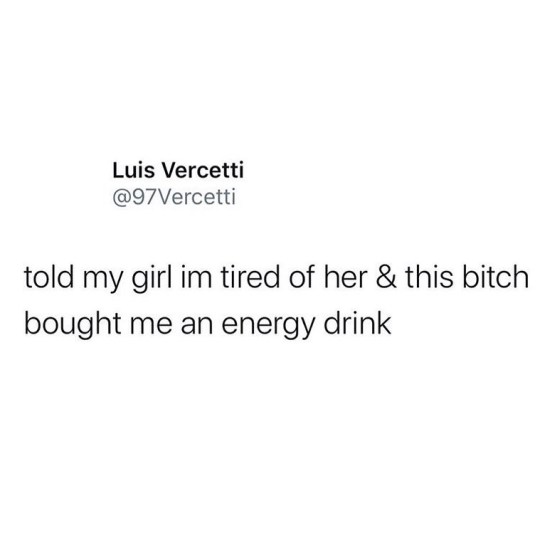
Did you know chlorophyll can reduce the ability of carcinogens to cause gene mutations, as it can bind to potential carcinogens that may interfere with GI absorption, reducing the amount that reaches susceptible tissues!? ——- Chlorophyll is also chemically similar to hemoglobin) the protein that carries oxygen throughout your RBCs, which is why it can be useful for supporting energy levels in the body) and can be used to support energy levels and healthy RBC health, as well as altitude sickness, wound healing, fights odor and can support dental health —— Chlorophyll is a green pigment found in plants, algae and cyanobacteria (blue green algae) that traps light energy from the sun and is vital for photosynthesis, which help plants get energy from the sun… chlorophyll essentially puts the green in dark leafy greens (why you can get it from the diet as well such as in spinach, parsley, arugula …shove all the sh*t in your ninja) ——- Chlorophyllin has been shown to neutralize several oxidants (aka free radical damage), as well as decrease oxidative damage induced by radiation and chemical carcinogens — a fan favorite to bring when traveling on planes ——- Chlorophyll is mostly bacteriostatic (stops bacteria from reproducing, not necessarily killing them, but can slow the growth of bacteria) and only slightly bactericidal (aka actually killing the bacteria), which means chlorophyll can limit the growth of several types of germs, but does not by directly kill them (much like how echinacea works) ——- Research has shown that Chlorophyll can enhance oxidative stress tolerance in cells, helping to extend cell lifespan and can up-regulate SOD- 3 expression (an enzyme that breaks down harmful oxygen molecules in cells) ——- Barley grass, Algae, Spirulina, Wheatgrass, Alfalfa, Chlorella (make sure to get one that says “broken cell wall” as we lack the enzyme to break it down) or straight up Chlorophyll supplements can be taken for its protective antioxidant effects —— #briannaapproved #chlorophyllmorelikeborophyll #antioxidants #dna #dnadamage #oxidativestress #cellhealth #energy #healthytravel #freeradicaldamage #oxidation #bacteria #germs #immunehealth (at Dean's Natural Food Market) https://www.instagram.com/p/B7YynjGgzTC/?igshid=1mpvt6igrhtyk
#briannaapproved#chlorophyllmorelikeborophyll#antioxidants#dna#dnadamage#oxidativestress#cellhealth#energy#healthytravel#freeradicaldamage#oxidation#bacteria#germs#immunehealth
0 notes
Photo
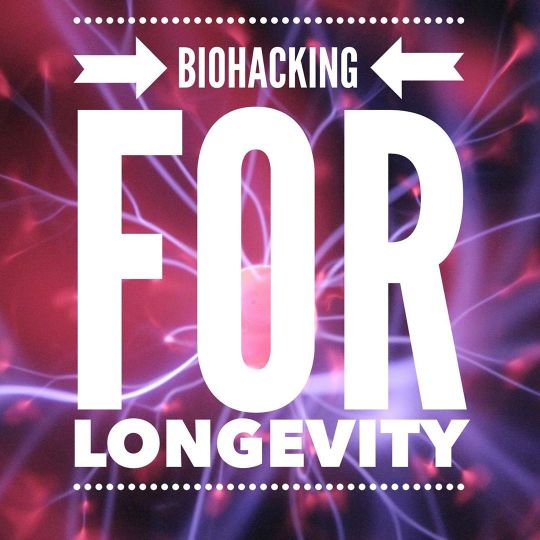
WE ARE LIVING LONGER BUT NOT BETTER ‼️ Let me help you: 💥REDUCE YOUR OXIDATIVE STRESS 💥REBUILD CELL AND DNA DAMAGE 💥SUPPORT GENETIC VARIANTS 💥SUPPORT NUTRITIONAL DEFICENCIES 💥SLOW DOWN THE AGING PROCESS 💥EXTEND TELOMERES 💥REDUCE RISK OF DISEASE AND MORE.... it's not as expensive as you would think and you will live longer with a better quality of life 💞 #uforiascience #dnahealth #genehealth #nrf1 #nrf2 #nad #cbd #naturalhealing #biohacker #nutrigenomics #oxidativestress #geneticvariants #nutritionaldeficencies #aging #disease #telomeres #dnadamage #cellrepair #healingfromwithin #tiptuesday (at My Office) https://www.instagram.com/p/B37A_ldnC0u/?igshid=vyuqft6rlmzd
#uforiascience#dnahealth#genehealth#nrf1#nrf2#nad#cbd#naturalhealing#biohacker#nutrigenomics#oxidativestress#geneticvariants#nutritionaldeficencies#aging#disease#telomeres#dnadamage#cellrepair#healingfromwithin#tiptuesday
0 notes
Photo

Bulking up—on antioxidants. - #bloobs #bringtheaction #muscle #plantbaseddiet #antioxidant #humanperformance #injuryfree #freeradicals #dnadamage #antiinflammatorydiet #vegan #plantbased #wfpb #njvegfest #syracusefoodie #teddieddies (at Strides of CNY, LLC) https://www.instagram.com/p/By9IYXlHgoS/?igshid=1cvkzuxzqyaob
#bloobs#bringtheaction#muscle#plantbaseddiet#antioxidant#humanperformance#injuryfree#freeradicals#dnadamage#antiinflammatorydiet#vegan#plantbased#wfpb#njvegfest#syracusefoodie#teddieddies
0 notes
Photo
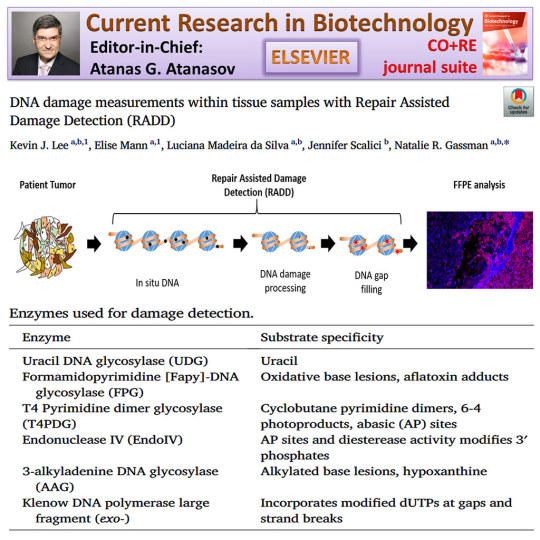
DNA damage measurements within tissue samples with Repair Assisted Damage Detection (RADD) by atanasgatanasov DNA damage measurements within tissue samples with Repair Assisted Damage Detection (RADD) inpst.net/dna-damage-measurements-within-tissue-samples-w... #CRBIOTECH #DNAdamage #DNA #INPST www.sciencedirect.com/science/article/pii/S2590262819300103 https://flic.kr/p/2hQ5xss
0 notes
Photo
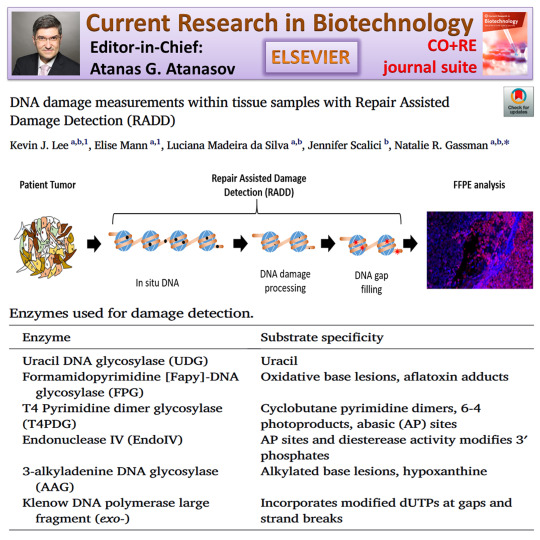
DNA damage measurements within tissue samples with Repair Assisted Damage Detection (RADD)
https://inpst.net/dna-damage-measurements-within-tissue-samples-with-repair-assisted-damage-detection-radd/
#CRBIOTECH #DNAdamage #DNA #INPST
https://www.sciencedirect.com/science/article/pii/S2590262819300103
0 notes
Photo
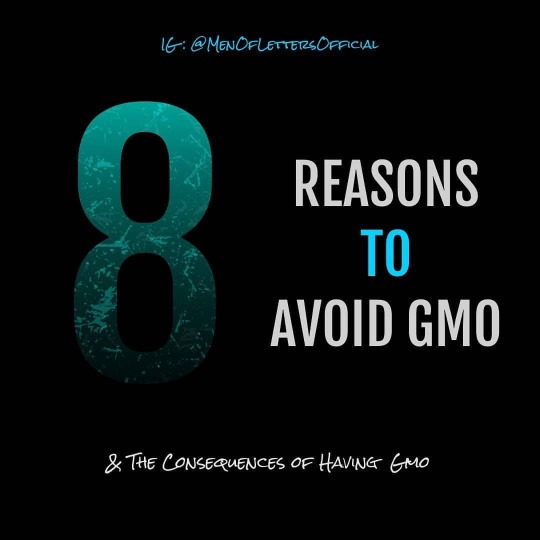
"You cannot insert a gene you took from a bacteria into a seed and call it life. You haven't created life, instead you have polluted it." Vandana Shiva Environmental Activist - Food Sovereignty Advocate Open Source Data https://www.organicauthority.com/foodie-buzz/genetically-modified-organisms-found-in-the-wild.html https://www.organicauthority.com/vegetables/potatoes.html http://www.purezing.com/ http://www.eathealthyfoods.ca/ http://www.saynotogmos.org/ http://www.commondreams.org/views04/0220-09.htm https://www.responsibletechnology.org/for-parents/parents-tool-kit/10-reasons-to-avoid-gmos/ #gmokills#fluorideispoison #gmoispoison #gmfoods #bangmo #monsantopapers #monsantokills #vandanashiva #instituteforresponsibletechnology #bangmfoods #coronavirusisfake #fakevirus2020 #dnadamage (at SA Food Sovereignty Campaign) https://www.instagram.com/p/CF7L2bJHjK4/?igshid=uwuqxwnjdasg
#gmokills#fluorideispoison#gmoispoison#gmfoods#bangmo#monsantopapers#monsantokills#vandanashiva#instituteforresponsibletechnology#bangmfoods#coronavirusisfake#fakevirus2020#dnadamage
0 notes
Text
Tocotrienols and tocopherols reduce markers of lipid peroxidation.
PMID: Clin Nutr ESPEN. 2017 10 ;21:1-12. Epub 2017 Jul 29. PMID: 30014863 Abstract Title: Comparing palm oil tocotrienol rich fraction withα-tocopherol supplementation on oxidative stress in healthy older adults. Abstract: Vitamin E is a fat-soluble compound and powerful antioxidant that have been shown to protect the cell membranes against damage caused by free radicals. Human vitamin E supplementation studies are usually limited toα-tocopherol but currently tocotrienols are also available. This study aims to compare the effects of tocotrienol rich fraction (TRF) with α-tocopherol (α-TF) supplementation on oxidative stress in healthy male and female older adults aged 50-55 years old. A total of 71 subjects both male and female aged between 50 and 55 years were divided into groups receiving placebo (n = 23), α-TF (n = 24) and TRF (n = 24) for six months. Blood was taken at baseline (month 0), 3 months and 6 months osf supplementation for determination of plasma malondialdehyde (MDA), protein carbonyl, total DNAdamage, vitamin D concentration and vitamin E isomers. α-TF supplementation reduced plasma MDA and protein carbonyl in female subjects after 3 and 6 months. TRF supplementation reduced MDA levels in both males and females as early as 3 months while DNA damage was reduced in females only at 6 months. Supplementation with α-TF and TRF increased plasma vitamin D concentration in both males and females after 6 months, but vitamin D concentration in male subjects were significantly higher compared to female subjects in TRF group. Vitamin E isomer determination showed α-TF, α-tocotrienol and γ-tocotrienol were increased in both male and female subjects. In conclusion, TRF supplementation effects were different from α-TF in reducing oxidative stress markers and vitamin D levels with a more pronounced effect in female subjects.
read more
0 notes
Text
Indigo Magazines
http://indigomagazines.com/2017/07/16/fast-detection-of-dnadamage-methods-and-protocols-methods-in-molecular-biology/
Fast Detection of DNADamage: Methods and Protocols (Methods in Molecular Biology)
Books and EBooks
undefined
Download Fast Detection of DNADamage: Methods and Protocols (Methods in Molecular Biology)
0 notes
Photo

Did you know oxidative stress is implicated in age-related diseases such as cancer and cardiovascular diseases!? —- Excessive oxidative stress can generate damage to DNA, which may also lead to a declining activity of the antioxidant defense/ repair systems, as well as increased level of pro-oxidant factors —— Cancer-preventive mechanisms (mechanism of action aka how this works ) that have been proposed through the intake of fruits and vegetables include, antioxidant properties and their modulation of enzyme activities, both which may be associated with reducing DNA damage (a risk factor for cancer) —— Plant foods (Plant Compounds / phytochemicals) contain various bioactive compounds, which have been shown to have anticarcinogenic properties and work to modulate the free radical damage from oxidative stress ——- Antioxidants such as carotenoids, vitamins C and E, flavonoids, and polyphenols scavenge and neutralize reactive oxygen species and essentially interrupt the free radical induced chain reaction of oxidation, which leads to cell and DNA damage ——- Various plants/fruits/veggies also provide a source of trace minerals, which are required to make endogenous antioxidative enzymes such as superoxide dismutase (SOD) —— Unrepaired DNA damage can lead to replication errors and instability in the genome (genetic material) during cell division, which can increase the prevalence of mutations that may alter the function of Proto-oncogene, tumor-suppressor genes and promote carcinogenesis ——- When a normal gene is altered by mutation, it becomes an oncogene, which can contribute to cancer; some Proto-oncogenes give signals that lead to cell division, while others regulate programmed cell death (apoptosis) —— #briannaapproved #cancer #wholefoods #plantcompounds #antioxidants #dna #dnadamage #epigenetics #genetics #genes #cellhealth #mitochondrialhealth #inflammation #freeradicaldamage #oxidativestress (at Wegmans) https://www.instagram.com/p/B5fMwzOAKML/?igshid=fkqkikmvgfnz
#briannaapproved#cancer#wholefoods#plantcompounds#antioxidants#dna#dnadamage#epigenetics#genetics#genes#cellhealth#mitochondrialhealth#inflammation#freeradicaldamage#oxidativestress
0 notes
Photo
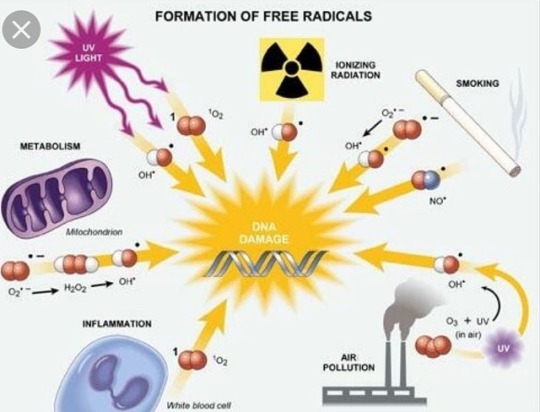
DNA and Oxidative Damage 🧬🧬 Oxidative stress is essentially an imbalance between the production of free radicals and the ability of the body to counteract or detoxify their harmful effects through neutralization by antioxidants. #dna #dnanutrition #dnadamage #dnarepair #oxidativestress #disease #diseases #holidticmedicine #personalizednutrition #holisticnutrition #holistichealth #coaching #influencer #influencerswanted #influencers #uforiascience #uforia #customizednutrition (at East Fishkill, New York) https://www.instagram.com/p/BuCmzTaADDI/?utm_source=ig_tumblr_share&igshid=afk86iifrpat
#dna#dnanutrition#dnadamage#dnarepair#oxidativestress#disease#diseases#holidticmedicine#personalizednutrition#holisticnutrition#holistichealth#coaching#influencer#influencerswanted#influencers#uforiascience#uforia#customizednutrition
0 notes